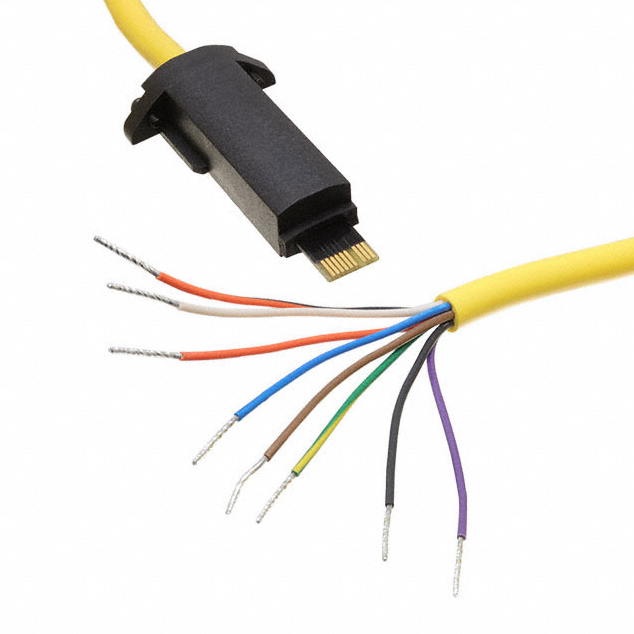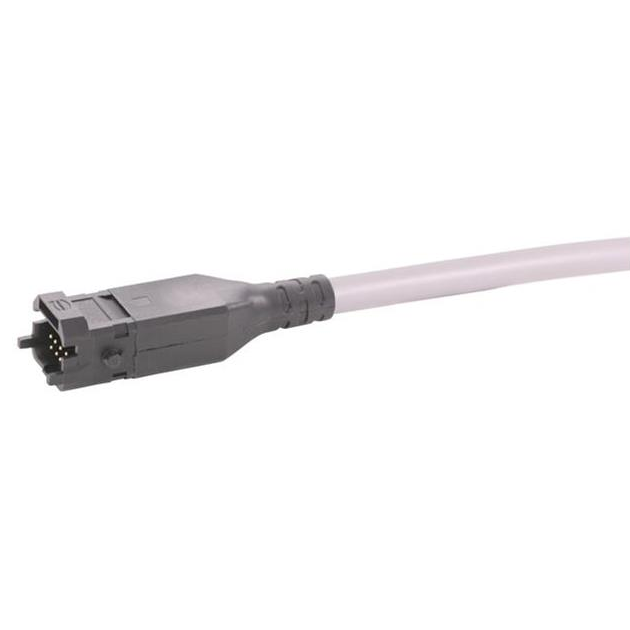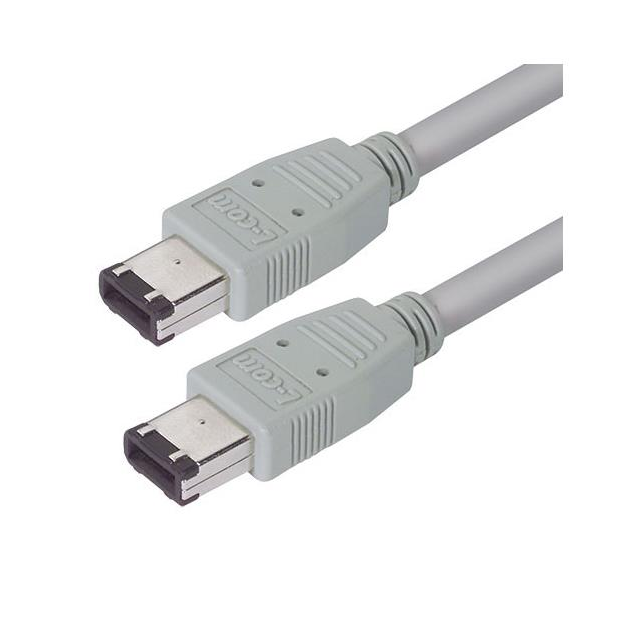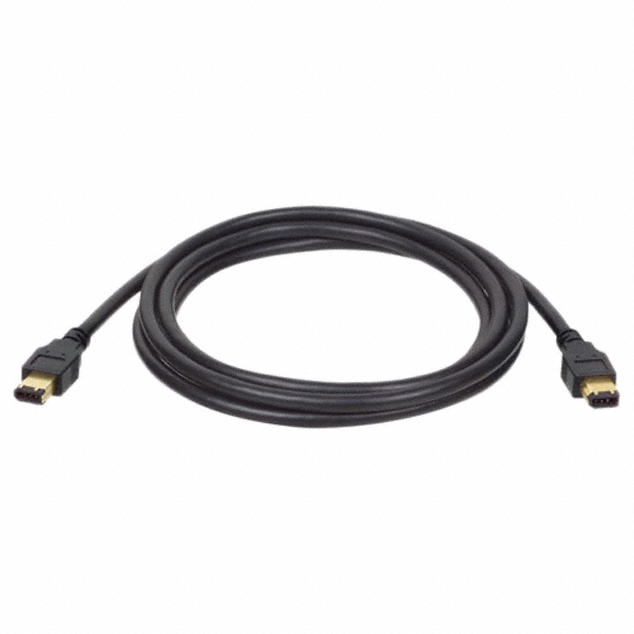Keeping progressing, Pursuing integrity, Embracing future
Proper installation and maintenance of connecting wires can not only improve the safety and stability of electrical systems, but also extend the service life of connecting wires and prevent accidents caused by circuit problems. The following are the specific methods for installing and maintaining connecting wires:
1、 Correct installation of connecting wires
1. Choose the appropriate connecting cable
Select specifications based on load: Choose the appropriate wire specifications according to the current and voltage requirements of the equipment being used. The diameter (or cross-sectional area) of the wire should be able to carry the maximum current required by the equipment. Usually, the thicker the wire diameter, the stronger the load-bearing capacity.
Compliant with environmental requirements: Select the appropriate type of cable based on the usage environment. For example, when used in humid or outdoor environments, cables with waterproof and anti-corrosion functions should be selected; When used in high-temperature environments, high-temperature resistant cables should be selected.
High quality brand: Choose cables produced in a formal manner and avoid using inferior cables with substandard quality.
2. Plan the wiring path
Avoid high temperature and humid areas: The connecting wires should be kept away from high temperature, humidity, chemical corrosion, or other environments that may damage the cables. In this environment, cables with corresponding protection levels should be used.
Avoid external pressure: When wiring, avoid excessive bending, pulling, or heavy pressure on the cables, especially when wiring in walls, floors, or ceilings. Ensure that there is enough space for the cables to avoid being squeezed.
Not exposed to sunlight: Try to avoid prolonged exposure of cables to sunlight, as ultraviolet radiation can accelerate the aging of the insulation layer.
Reasonably avoid sharp objects: Cables should avoid sharp objects that may scratch the cable sheath, such as metal parts, glass shards, etc.
3. Correct wiring method
Ensure stable connection: When wiring, make sure the end of the cable is inserted into the terminal and tightened. If it is a screw connection, make sure the screw is tightened, but do not apply excessive force to avoid damaging the wire.
Avoid exposed wires: When connecting cables, the exposed wire parts should be minimized as much as possible to avoid short circuits, fires, or electric shocks when current passes through the exposed wires.
Use appropriate connectors: Choose appropriate connectors and terminals to avoid using mismatched connectors, which can improve the safety and reliability of the connection.
Avoid multiple cables sharing the same socket or terminal: Each cable should have independent connection terminals to avoid multiple cables sharing the same contact point, which may result in poor contact or overload.
4. Cable fixation and protection
Fixed cable: Use tools such as cable clamps, zip ties, or cable trays to secure cables. Cables should not be suspended, bent, or freely swung.
Protection of cables: For cables installed on walls or underground, PVC pipes, metal pipes, etc. can be used to protect the cables and prevent damage from external objects.
5. Protection of cable ports
Port protection: Use waterproof tape or joint protection cover at the cable port to prevent moisture or external damage to the joint. For exposed cable terminals, protective covers or plugs should be installed to ensure they are not damaged.
2、 Maintenance of connecting wires
1. Regular inspection
Check appearance: Regularly inspect the outer skin of the connecting wire for damage, cracks, wear, etc. If the outer skin is found to be damaged, the cable should be replaced in a timely manner to avoid electrical short circuits or electric shock hazards.
Check the connectors: Check if the connectors, sockets, and plugs are loose, and if there are signs of corrosion, oxidation, or overheating. Loose or corroded joints can easily lead to poor contact and pose a fire hazard.
Detecting cable temperature: Check if the cable heats up during operation. If the cable temperature rises abnormally, it may be due to overload or cable specifications not meeting the requirements, and the cable should be replaced in a timely manner.
2. Avoid excessive bending
Avoid mechanical damage: Cables should be avoided from frequent bending and pulling during use, especially those that have been subjected to tension or bending for a long time, which can accelerate the aging of the insulation layer and even cause core breakage.
Use cable trays: For large-scale wiring, use cable trays or fixing devices to avoid cables being bent, pulled, or damaged.
3. Avoid overloading the circuit
Use appropriate current load: The rated load of the cable should meet the requirements of the equipment, and avoid using cables that are too thin or do not meet specifications to prevent overload, overheating, and even fire.
Install overload protection devices: Install circuit breakers, fuses, and other overload protection devices for the circuit to prevent cable overheating or burnout when the current is too high.
4. Avoid humid environments
Regularly check for moisture: If the cable is arranged in a damp or outdoor environment, it is necessary to regularly check for water accumulation or moisture entering the cable. Long term humid environments can cause aging of cable insulation layers and increase the risk of electrical leakage.
Choose waterproof cables: When using cables in humid environments, choose cables that meet waterproof requirements, such as cables with a waterproof rating of IP67 or higher.
5. Regularly clean the cables
Cleaning up dust and dirt: Long term accumulation of dust and dirt on the surface of cables may affect their heat dissipation performance and lead to overheating. Regularly clean the surface of the cable with a dry cloth or cleaning tool.
Avoid contact with corrosive substances: Avoid cables from coming into contact with corrosive chemicals that may damage the insulation layer of the cable and increase the risk of failure.
6. Use protective covers and wrapping materials
Installation of protective layer: For cables that are prone to wear and scratches, additional protective sleeves or wrapping materials (such as PVC sleeves, metal pipes, etc.) can be used to increase the durability of the cable.
UV protection: For cables used outdoors, cables with UV protection function should be used to avoid damage to the cable sheath caused by solar ultraviolet rays.
7. Regularly test electrical performance
Resistance test: Regularly use a multimeter or specialized cable tester to check the resistance value of the cable, ensuring that there is no excessive resistance when the current passes through, avoiding overheating and electrical fires.
Insulation resistance test of cables: Especially for cables that have been used for a long time, regular insulation resistance tests can be conducted to ensure good insulation and no leakage of electricity.
3、 Common problems and solutions
Connecting wire overheating
Reason: The specifications of the connecting wire do not meet the load requirements, resulting in excessive current; Poor contact leads to local heating.
Solution: Check if the cable meets the load requirements; Check if the connectors and plugs are loose or corroded, ensuring a tight connection.
Damaged or broken connecting wires
Reason: Long term stress, frequent bending, aging, etc.
Solution: Regularly inspect the outer skin and joints of the cable, and replace them promptly if any damage is found; Avoid cables being subjected to stress or bending during installation or use.
poor contact
Reason: Loose joints, oxidation or corrosion.
Solution: Check and clean the joints to ensure they are securely connected; Reconnect or replace terminals as necessary.
electric leakage
Reason: Damaged cable insulation and poor grounding.
Solution: Check the insulation layer of the cable and replace it promptly if any damage is found; Ensure that the grounding system of electrical equipment is functioning properly.
Inquiry
LATEST BLOGS
INQUIRY
RELATED PRODUCTS
 What is wire harness shieldingRCD has over a decade of experience in the assembly of cables and connectors required for outdoor harsh environment equipment.
What is wire harness shieldingRCD has over a decade of experience in the assembly of cables and connectors required for outdoor harsh environment equipment. What is the role of wiring harness in the automotive industryRCD has over a decade of experience in the assembly of cables and connectors required for outdoor harsh environment equipment.
What is the role of wiring harness in the automotive industryRCD has over a decade of experience in the assembly of cables and connectors required for outdoor harsh environment equipment. How to evaluate the lifespan of wiring harnessesRCD has over a decade of experience in the assembly of cables and connectors required for outdoor harsh environment equipment.
How to evaluate the lifespan of wiring harnessesRCD has over a decade of experience in the assembly of cables and connectors required for outdoor harsh environment equipment.




